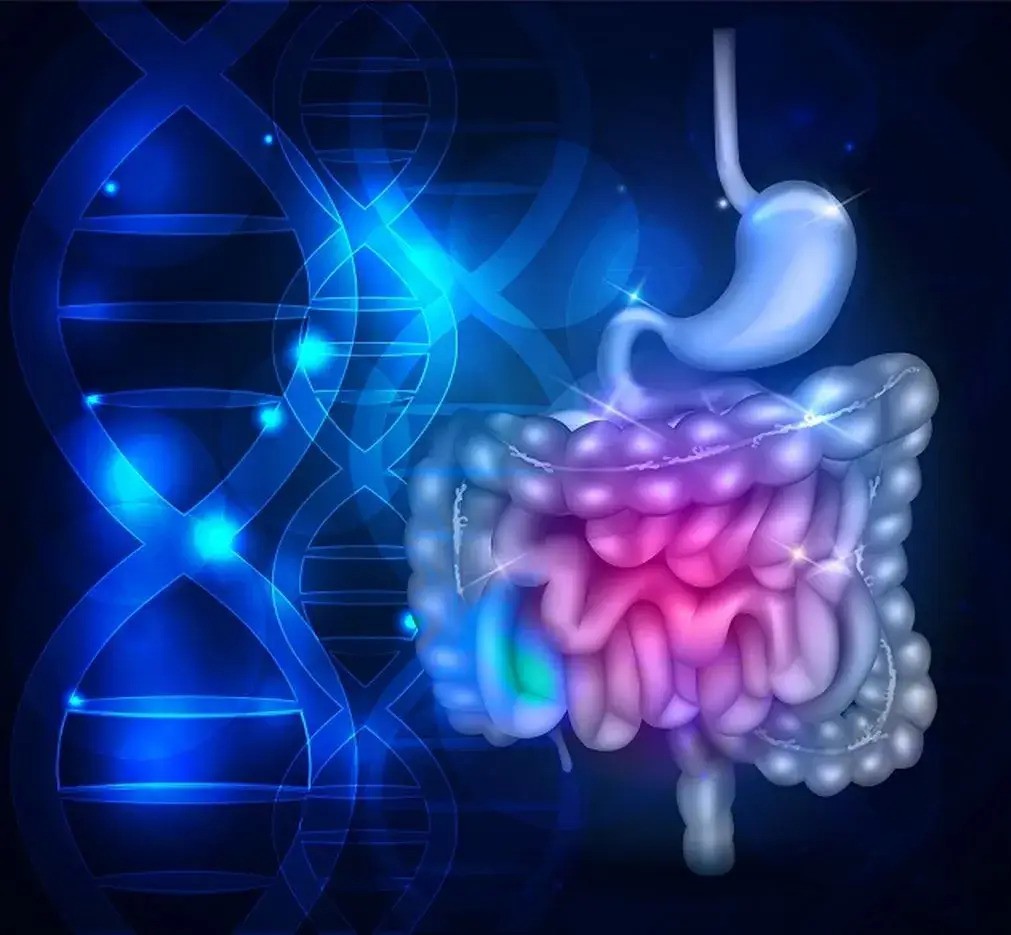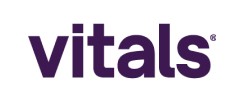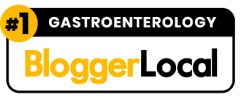
Telemedicine Appointments Are Now Available
Your Trusted Double - Board Certified Gastroenterologist





An esophageal dilation is a procedure used to widen a narrowed section of your esophagus. This is the tube that leads from your throat to your stomach. Narrowing (stricture) of the esophagus can cause problems. These include trouble swallowing.
• Tell your provider about any medicines you take. This includes prescription medicines, over-the-counter medicines, herbs, vitamins, and other supplements. Be sure to mention aspirin or any blood thinners you’re taking.
• Let your provider know if you need to take antibiotics before dental procedures. You may need to take them before esophageal dilation as well.
• Tell your provider about any health conditions you have, such as heart or lung disease. Also mention any allergies to medicines.
• You’ll need to have an empty stomach for the procedure. Follow your provider’s instructions for not eating and drinking before the procedure.
• Arrange to have a family member or friend drive you home after the procedure.
• You may be given local anesthesia to numb your throat. You’ll also likely be given medicine to relax you. The procedure takes about 15 minutes. It does not cause trouble breathing.
• A tube called an endoscope (scope) is used. This is a narrow tube with a tiny light and camera at the end. The scope is inserted through your mouth and into your esophagus. It lets your provider see inside your esophagus. To help guide your provider, an imaging method called fluoroscopy may also be used. This creates a moving X-ray image on a computer screen.
• Next, special tiny tools are carefully guided through your mouth and down into the esophagus. They widen the stricture and are then removed. Different types of instruments are used. The type used depends on the size and cause of the stricture. Types include:
o Balloon dilator – A tiny empty balloon is put into the stricture using an endoscope. The balloon is slowly filled with air. The air is removed from the balloon when the stricture is widened to the right size. Balloon dilators are used to treat many types of strictures.
o Guided wire dilator – A thin wire is eased down the esophagus. A small tube that’s wider on one end is guided down the wire. It is put into the stricture to stretch it. These dilators are used to treat all kinds of strictures.
o Bougies – These are weighted, cone-shaped tubes. Starting with smaller cones, your provider uses increasingly larger cones until the stricture is stretched the right amount. Bougies are often used to treat strictures that are simple (short, straight, and not very narrow).
• You’ll be watched closely until your provider says you’re ready to go home. You’ll need to have a friend or family member drive you home.
• You may have a sore throat for the rest of the day.
• You may have pain behind your breastbone for a short time afterwards.
• You can start drinking fluids again after the numbness in your throat goes away. You can resume eating the same day or the next day.
Risks and possible complications for esophageal dilation include:
• Infection
• A tear or hole in the esophagus lining, causing bleeding and possibly needing surgery to fix
• Risks of anesthesia
You may need to have the procedure repeated one or more times. This depends on the cause and extent of the narrowing. Repeat procedures can allow the dilation to take place more slowly. This reduces the risks of the procedure.
If your stricture was caused by reflux esophagitis, you’ll likely need to take medicine to treat that condition. Your provider will tell you more.
Call your healthcare provider right away if you have any of the following after the procedure:
• Fever of 100.4°F (38.0°C)
• Chest pain
• Trouble swallowing
• Vomiting blood or material that looks like coffee grounds
• Bleeding
• Black, tarry, or bloody stools
Check Out Our Reviews & Testimonials
At Midwest GI Health we are proud to share our patient referrals from Healthgrades, Vitals, Google and Facebook. Please take some time to see how pleased our patients are with our professionalism and quality of care.
After years and years of stomach issues and having the same simple tests done with no results, I saw Dr. Taormina and he’s actually trying to help figure it all out, new tests…

The staff was very professional and friendly. The exam was explained by a nurse and the Anesthesiologist then came in to explain what she was going to do. Dr Taormina came…

The facility is small enough you don’t feel like a number and big enough you know they have what they need in case of an emergency. Dr Taormina is easy to talk to and answers all questions. Explains everything well, easy to understand. The group of nurses are also great!

Free Resources




with the Exceptional Service You Deserve!
3601 NE Ralph Powell Rd, Suite A
Lee’s Summit, MO 64064
Phone: (816) 836-2200
Fax: (816) 836-2244
medical marketing & seo by: kcwebdesigner.com | kcseopro.com